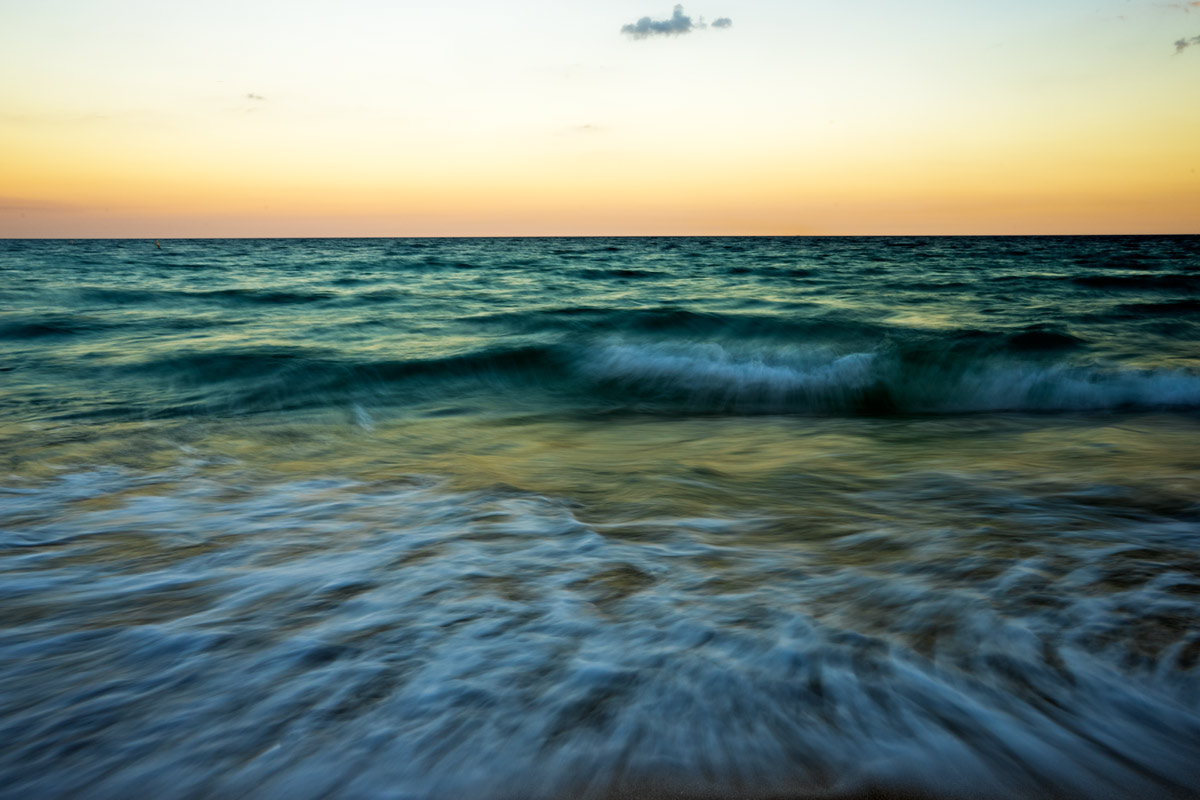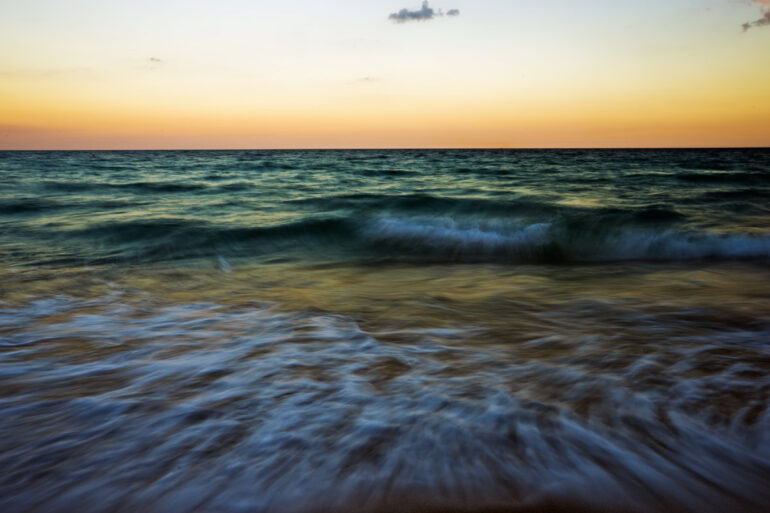We may earn a commission when you purchase through affiliate links. Learn more.
Photography is another way of seeing the world — it’s a special way of making the most of the light that reflects off of everything around us. Like all things which require both creativity and technical knowledge, it can be tricky to see progress in your photography right away. The basic technical skills needed to take simple snapshots of family memories can be learned quickly, but creative thinking and vision and advanced photography knowledge can take many years to acquire — in fact, most photographers continue to learn and improve their work over their entire lifetime. The learning process is never over as a photographer, and continuously evolving technology ensures that there will always be new possibilities and boundaries to push and explore.
These easy to understand tutorials in our photography course will explain the basics that you need to know to start making the most of a digital camera immediately.
Nearly every digital camera has an auto-mode: you can set your camera to this automatic setting and it will figure out everything for you – all you need to do is point and shoot! Most of the time, the photos you take using auto-mode will be good. Maybe they won’t be great, but they will nearly always be good. Occasionally you’ll take a shot using auto-mode that is fantastic, but there will be other times when your photos fall short and they don’t really do a good job depicting the scene the way it really looked or the way you want to remember it. Most casual amateur photographers will find auto-mode to be a useful setting, and even pros use it when needed. Modern camera technology can do a great job at picking the right exposure settings and there’s nothing wrong with using this technology when you need it.
If you want to take your photography work to a higher level though, switching over to manual mode or one of your camera’s other exposure modes might be what it takes to really express your artistic creativity.
In these lessons, we’re going to share with you all of the basics that you’ll need to start developing your own creative eye for photography. While we’re going to talk about gear including cameras, lenses, filters, tripods, and more in the course, let’s make it clear right now — the gear does not make the photographer! If your photos don’t look the way you want them to, it’s easy to blame your camera after reading about the advanced features of the fanciest cameras on the market which seem to guarantee amazing photos. Much like photography, marketing is an art too, and just like a new car will not make you a better driver, a new, expensive camera will not make you a better photographer…whatever the camera ads seem to imply. If you’re a beginner, you’ll likely find entry level DSLR and mirrorless cameras much easier to learn on.

Cameras are to photographers what paintbrushes are to painters. If you understand the art of painting and possess some skills and talent, creating a masterpiece is a task that can be accomplished with practice…but it isn’t the paintbrush which gives you an understanding of composition, perspective, light, and shadows. A photographer should learn to work with the gear that they have now and only when their skills exceed the actual limits of the camera should they consider upgrading to a more advanced model. Keep in mind that the camera is just the tool; learning how to use it properly is what will allow you to create art!
As a photographer, your medium is light. With some practice, you’ll be able to use light the same way a painter uses paint. With an understanding of how your camera works and how your exposure variables of ISO, Shutter Speed, and Aperture help to control the flow of light into your camera, you’ll be creating something special in no time. It’s just light, after all!

